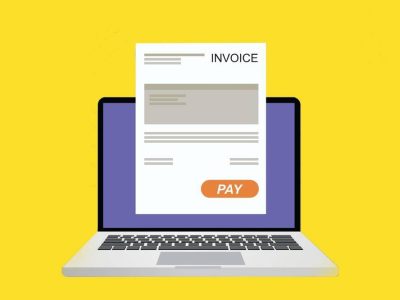Electronic invoicing, or e-invoicing, is rapidly transforming how businesses manage their billing processes. Whether in B2B or B2C sectors, e-invoicing is replacing traditional paper invoices and outdated PDF methods, offering efficiency, cost savings, and convenience. If your company hasn’t yet adopted this modern approach, now is the time to learn why e-invoicing is the key to streamlining operations and accelerating growth.
Studies by IBM, GS1, and EY reveal that processing a single document can cost companies an average of 10,000 TZS. This includes expenses from errors, delays, postage, and other opportunity costs. With e-invoicing, these inefficiencies are drastically reduced. Let’s explore the three types of invoicing and why e-invoicing leads the way:
Types of Invoicing
1. Paper Invoicing
- Remains common in many companies but is highly inefficient.
- Requires significant manual effort, including typing, printing, stamping, and mailing.
- Recipients must also print and manually archive the invoices.
2. PDF Invoicing
- PDF documents are emailed or downloaded.
- Mainly used in B2C sectors.
- Offers slight convenience but still involves manual data entry and processing.
3. Electronic Invoicing (E-Invoicing)
- Fully automated and machine-processable (e.g., EDIFACT or XML formats).
- Sent directly to the recipient’s IT system without human intervention, enabling faster verification and approval.
Benefits of E-Invoicing
1. Significant Cost Savings
Switching to e-invoicing can save over 66% of the costs associated with paper invoicing. It eliminates expenses for printing, paper, stamps, and envelopes while reducing manual labor costs.
2. Time Efficiency and Personnel Optimization
E-invoicing automates tasks like sending, processing, and reconciling invoices, allowing staff to focus on higher-value activities. Integrations with local revenue authorities (e.g., TRA) ensure compliance while saving time.
3. Faster Payment Cycles
With e-invoicing, the entire process—from ledger capture to payment—is expedited. Automated workflows eliminate delays, ensuring that payments are received quicker than with traditional methods.
4. Simplified Archiving and Retrieval
E-invoicing ensures secure, long-term storage on cloud-based servers. Unlike paper invoices, which are vulnerable to damage and misplacement, digital records are easily searchable and accessible whenever needed.
5. Streamlined Workflow
The automated nature of e-invoicing allows businesses to send invoices directly to recipients’ systems for faster verification and approval. This reduces errors and accelerates the five critical invoicing steps:
- Capturing general ledger data.
- Sending invoices.
- Authorizing and submitting for payment.
- Processing payments.
- Archiving invoices and payment records.
How E-Invoicing Works
E-invoicing creates invoices in a machine-readable format (e.g., XML or EDIFACT) on the sender’s system. These invoices are then transmitted directly to the recipient’s IT system, bypassing manual intervention. This not only speeds up the process but also minimizes errors and ensures seamless data integration.
Conclusion
E-invoicing is more than just a trend, it’s the future of efficient business operations. By reducing costs, accelerating payment cycles, and simplifying workflows, e-invoicing positions your company for faster growth and greater success. Make the switch today and experience the transformative benefits of electronic invoicing


 Digital transformation of businesses in Tanzania
Digital transformation of businesses in Tanzania
Leave a Reply
You must be logged in to post a comment.